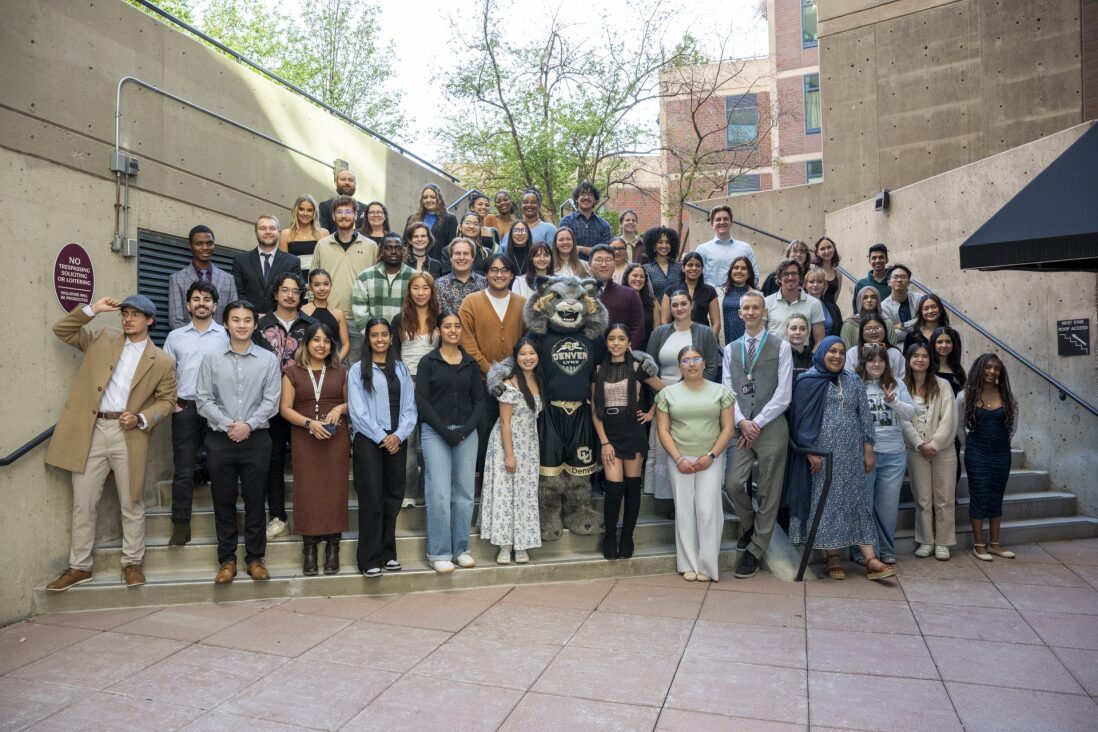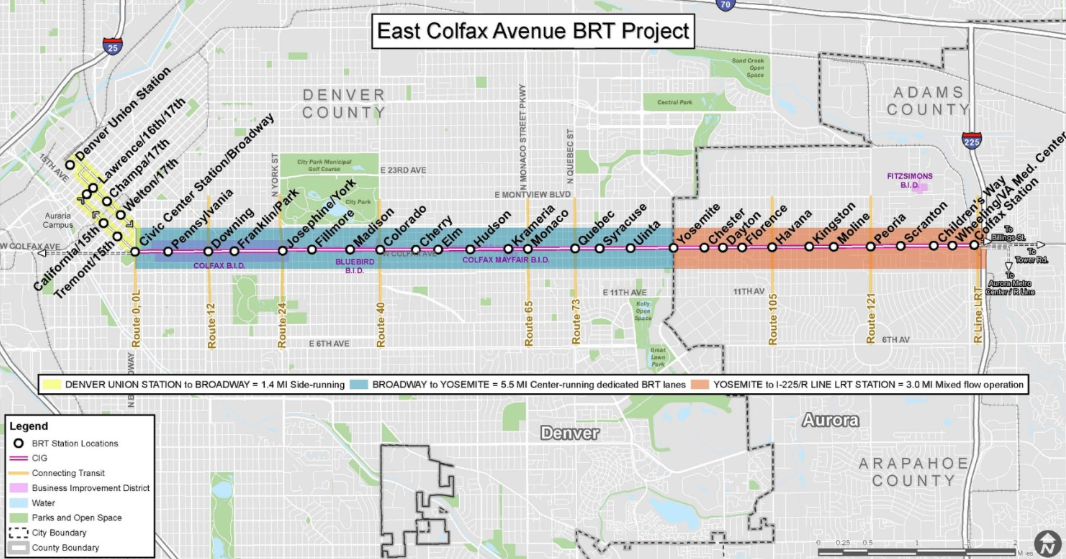The market is continuously flooded with new social media platforms, and they all aspire to become one of the greats — they want to be the next Facebook, TikTok, X, Instagram, Snapchat, or Tinder. Despite the constant introduction of innovative new apps, many of them fail to gain popularity. Why is this? The answer is complicated and involves many factors, but market saturation, creating and maintaining a user base, and the struggle to make an app profitable generate the bulk of the problems facing emerging social media platforms.
Have you heard of Noplace? How about Airchat? Both were founded last year, but unless you have an ear to the ground when it comes to new apps or what’s big in Silicon Valley, you likely haven’t heard of them. Noplace is a social media app aimed at Gen Z users made to be colorful and customizable while focusing on the nostalgic feel of the early 2000s. Airchat is a bit like Twitter, but instead of typing a post, you speak it. Both apps have promising ideas, but tech enthusiasts are skeptical if they’re here to stay.
Upon an app’s launch, it immediately faces an uphill battle competing with the established social media giants. Facebook, Instagram, X and TikTok have become such a massive part of the daily lives of billions of people that they’re practically synonymous with the idea of social media itself. Because they have such enormous user bases, it’s difficult to convince new users to part with the most popular apps since everyone they know is already on them. Why switch to a new platform when no one you know is on it? Doing so defeats the purpose of being on a social media platform at all.
For new social media apps, quickly getting a new user base is key — and one of the most challenging aspects of starting a new platform. If they don’t have a user base, the app will not feel worthwhile to users. At the same time, they can’t create a draw for their desired user base because they don’t already have one. The need for users often works against up-and-coming social media platforms as a negative feedback loop, one that is incredibly difficult to break out of.
Even if an app manages to gain a userbase, it must also keep its audience engaged and coming back. New social media apps struggle with retention because they do not have years of user data on hand to create algorithms designed to draw someone back to their platform repeatedly. The giants in the industry have this data in spades and use it to their advantage to make their apps addictive in a way that budding social media apps simply cannot match. After a user switches to a new social media app, they often find the experience lackluster compared to what they’re used to and end up dropping it, returning to the industry giants — even if they don’t like them.
While an emerging social media app tries to draw in its user base, it often fails to maintain a business model that creates revenue. The cost of servers, security, and updates can quickly add up, and most new social media apps burn through their funding before they can solidify a user base. The issue of monetization is complicated because it takes substantial financial backing to run a social media platform, yet everyone expects to use it for free. Traditionally, social media relies on advertising as their primary source of revenue, but it’s hard to attract the attention of advertisers without a consistent user base.
Moreover, industry giants like TikTok and Instagram have created financial incentives to prioritize their platforms — such as cash bonuses — to attract brands and influencers. Because of their massive international influence, businesses can efficiently market products and services to consumers who are the most likely to take an interest in their advertisements. Paying for ads on new social media apps can be like taking a shot in the dark without proper user data. Not many brands or influencers are willing to risk their messages never reaching their intended audience.
New social media apps may have the right ideas, features and potential, but their chances of making it in such a saturated market are slim. From the challenges of attracting and keeping a user base to the complexities of monetization, the path to success is often too difficult for most budding social media apps to handle. As a result, the industry giants keep their iron grip on the social media market, and we hear nothing about the newest contenders, even if they have promise.


















